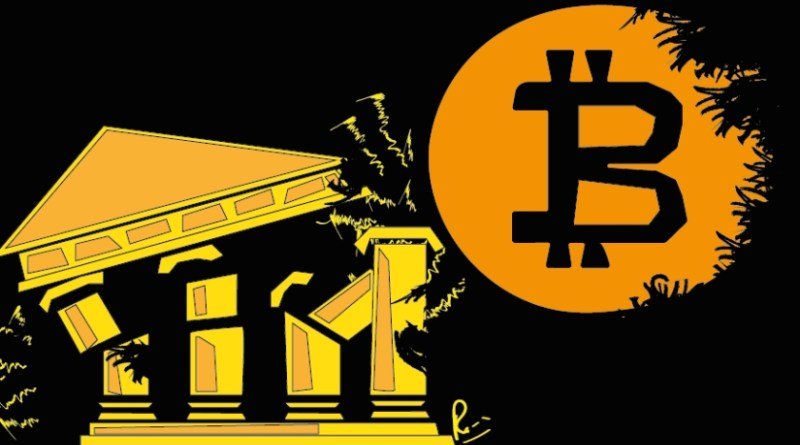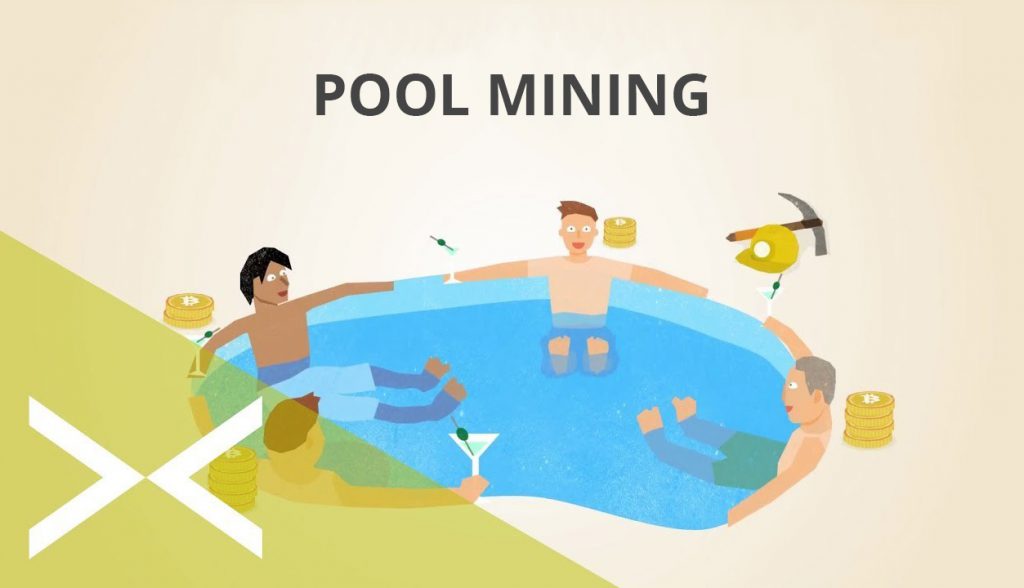
Cryptocurrency has created quite a buzz in the past 4-5 years, all mainly down to its seemingly untrammeled success. The value of Bitcoin as of now stands at a staggering $8,780.02. But here’s the interesting bit – most people excited about Cryptocurrency don’t really know what goes behind the scenes or can hardly get their heads around concepts that are fundamental to it, such as Bitcoin Mining. If you’re one of those, this blog is for you.
Table of Content

Bitcoin Mining is a process, wherein, miners, or people owning powerful computing chips, use them to run specialized software for an indefinite duration. The software works by assigning a complex mathematical calculation to the system. (This process is imagined to be mining on a digital rock). If everything turns out as expected, i.e. the calculation is solved, the miner is rewarded with some Bitcoins for his/her efforts.

Mining is central to the whole working of Cryptocurrency. With traditional currencies, we have the financial institutions who collectively confirm the transactions as and when they occur. Bitcoin, however, doesn’t work like that. Here, the transactions are operated based on a public ledger system. To confirm each transaction, in order to avoid using the same bitcoin again, a number of bitcoin nodes operated by Bitcoin miners around the world give their seal of approval.
For this service, the miners are rewarded with a transaction fee by people who conduct such processes. With the growing interest in Bitcoin, the need to make new bitcoins is constantly rising. The maximum limit of Bitcoins is set at 21 million and we’re closing in on that limit very soon. Rewards work very efficiently to encourage people to undertake bitcoin mining.
Interestingly, bitcoin miners assist in the process in a couple of ways. First, through mining, they help create new bitcoins and secondly they facilitate a transaction that makes bitcoins a functional cryptocurrency.

The popularity of Bitcoin has generated huge interest in people. Everyone wants to have a share of the pie. With more people joining in, individual miners really get left behind in the race. What’s happening to remedy that is people are collectively coming together, in something called pool mining and solving complex calculations collectively. The bitcoin mining software works by compiling all the transactions into blocks, creating what’s called a blockchain of all the bitcoin transactions.
Their validity is proved by calculating a proof of work, which pretty much covers all the data in blocks. This is where the hardware power of the system is put under the strain. The mining hardware takes a vast number of guesses at certain integer again and again until the right one is found.
The computational process tends to get more and more difficult as more miners start creating the next block in the chain. The complexity is somewhat curtailed when multiple miners join in and start solving a problem, or creating a proof of work, together. The modern-day powerful ASIC software chips, given their lightning-fast processing speed, have come as a blessing for bitcoin miners. These machines are highly effective and are made particularly made for Bitcoin Mining.
The miners or a pool of miners that’s the first to create proof of work for a given block are given rewards in the form of transaction fee for the confirmed transactions as well a subsidy of bitcoin. This subsidy is made up of all new Bitcoins that were generated in the process of mining. The process can be expected to continue until the magic number of 21 million has been reached.
But mining isn’t that straightforward. There’s no guarantee that a miner will be successful in generating the integer needed to confirm a block and gain their reward. It’s to avoid this uncertainty that miners join in pools and collectively solve a problem. This way, although, their share of reward is smaller but more likely to be certain.

Yes, a great deal has changed since the early days of Bitcoin. Initially, Bitcoin was designed so that people with their home-computers could take part in the Bitcoin mining process and get rewarded at the end proportionate to their efforts. With the advent of AISC, that’s barely the case. Unless you’re ready to spend thousands of dollars on a powerful machine and have access to cheap and plentiful electricity, you won’t have much luck in the mining process. That has given rise to the process of cloud-mining.
With such powerful hardware now becoming available, one could be forgiven for thinking that it’s now just a matter of time before we’d have used up all the Bitcoins. Umm, no. Certain measures have been adopted to address this issue and prevent using up all the Bitcoins in a super-quick time.
One such measure is the continuously increasing difficulty in the mining calculations depending on the power of hardware and number of miners. For every 2016 blocks, at a rate of six blocks per hour, close to every two weeks – the difficulty of mining is calculated again. The difficulty tends to increase as more miners and hardware join in the network. However, if the total mining power were to reduce, the difficulty of the problem also goes down. The idea is to maintain a 10-minute block generation time.
The point of keeping that 10-minute limit is to keep the mining in a slow, steady and controlled manner. This however also results in a reduction in rewards for the blocks mined every 210,000 blocks. Every time that threshold is reached, the reward is halved. As of 2018, the block reward stands at 12.5 bitcoins.
As the mining rewards go down in future, the transaction fee will be the chief source of miner’s income. The advance in the hardware to process complex problems means the Bitcoin mining difficulty is being kept in check. There’s a definite chance that by the end of the 22nd century, we may well be mining some of the final bitcoins.
